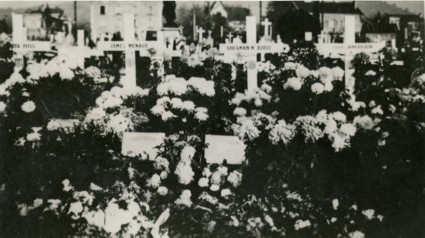(Since The Quivera Trail is launching next weekend at New Braunfels’ Weihnachtsmarkt, no less I have begun research for the next historical adventure, that picaresque California Gold Rush adventure which I have always wanted to write. This research takes the form of reading every darned history and contemporary account that I have on my shelves, or can get my hands on. One of these books is The Shirley Letters from the California Mines 1851-1852
is launching next weekend at New Braunfels’ Weihnachtsmarkt, no less I have begun research for the next historical adventure, that picaresque California Gold Rush adventure which I have always wanted to write. This research takes the form of reading every darned history and contemporary account that I have on my shelves, or can get my hands on. One of these books is The Shirley Letters from the California Mines 1851-1852 , by Louise Amelia Knapp Smith ‘Dame Shirley’ Clappe.)
, by Louise Amelia Knapp Smith ‘Dame Shirley’ Clappe.)
Louise Amelia better known by her pen-name, Dame Shirley was an irreproachably Victorian lady, possessing a lively intellect and observant eye, which the education typically given to girls at that time did nothing to impair. Conventional expectations for upper-class women of her day seem hardly to have made a dent in her either. She was born around 1819 in Elizabeth New Jersey and orphaned by the deaths of both parents before out of her teens. She had a talent for writing, encouraged by an unexpected mentor Alexander H. Everett, then famed in a mild way as a diplomat, writer and public speaker. He was twice her age, and seems to have fallen at least a little but in love with her. She did not see him as a suitor, but they remained friends and devoted correspondents. Eventually she was courted by and consented to marry a young doctor, Fayette Clappe who even before the ink was dry on the registry, caught the gold fever. Fayette and Louise Amelia were off on the months-long voyage around the Horn to fabled California. The gold rush was almost overwhelmingly a male enterprise wives and sweethearts usually remained waiting at home, but not the indomitable Louise, who confessed in one of her letters to her sister Molly, “I fancy that nature intended me for an Arab or some other nomadic barbarian, and by mistake my soul got packed up in a Christianized set of bones and muscles.”
Read more
